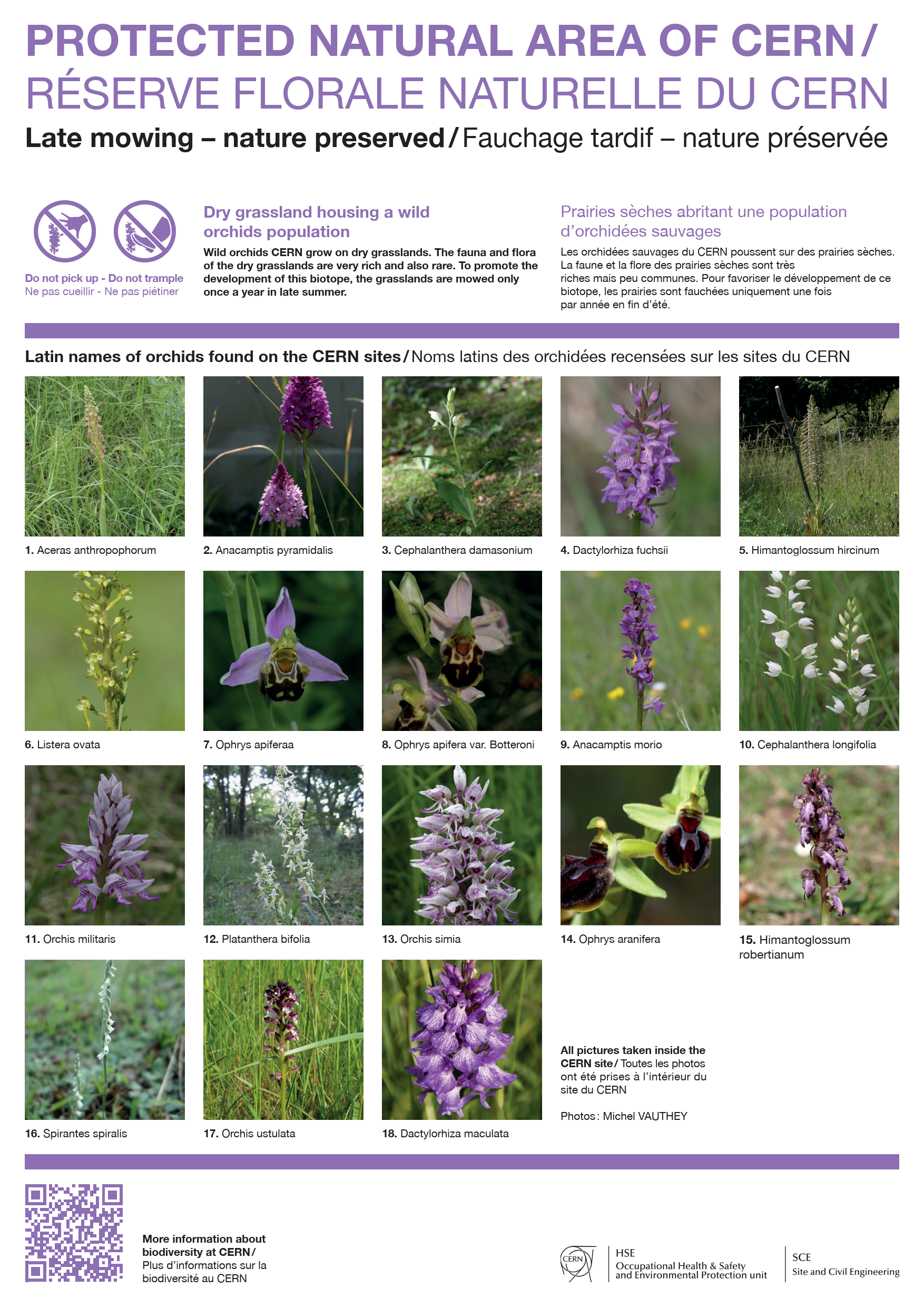Biodiversity
For all information on CERN's strategy for biodiversity, land use and landscape change, please see the corresponding chapter in the 2021-2022 CERN environment report.
Take a walk on the wild side!
Discover CERN's biodiversity in this virtual walk around the sites. Click here to begin your journey.
Help map biodiversity at CERN with the CERNature app!
Find out more on this link.


